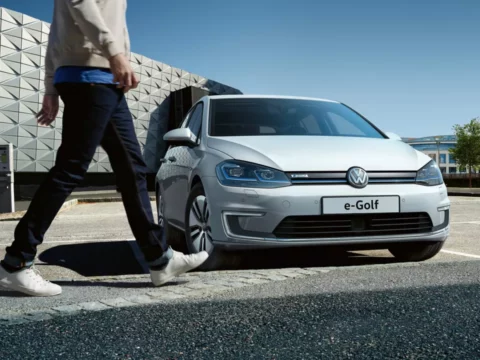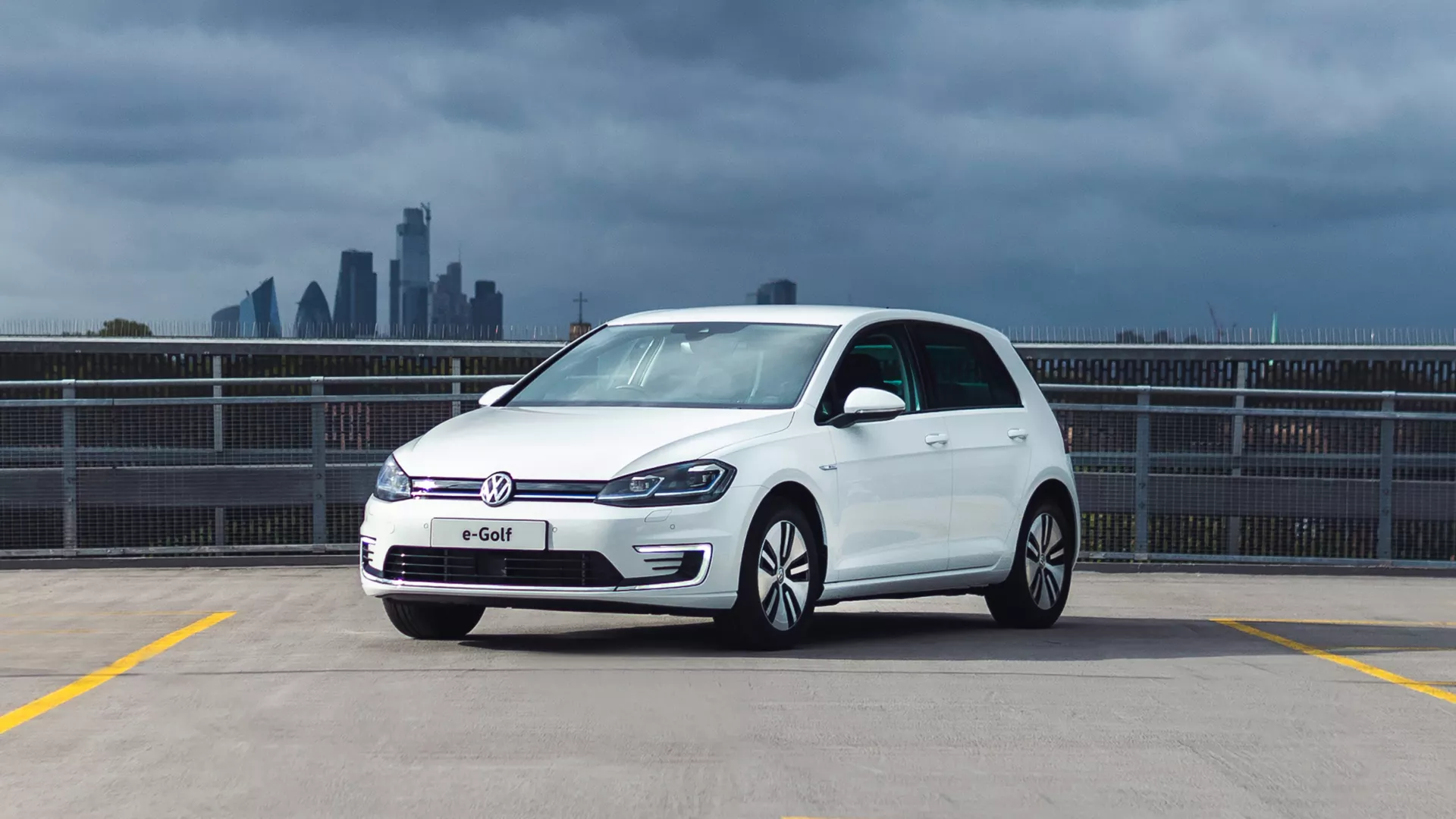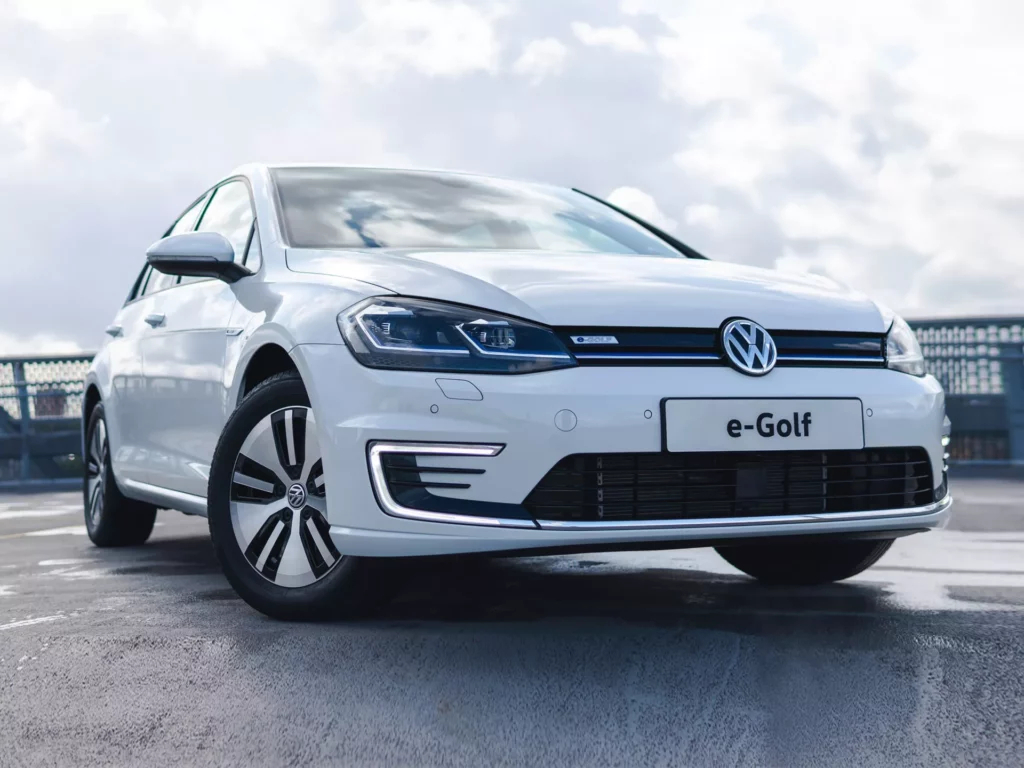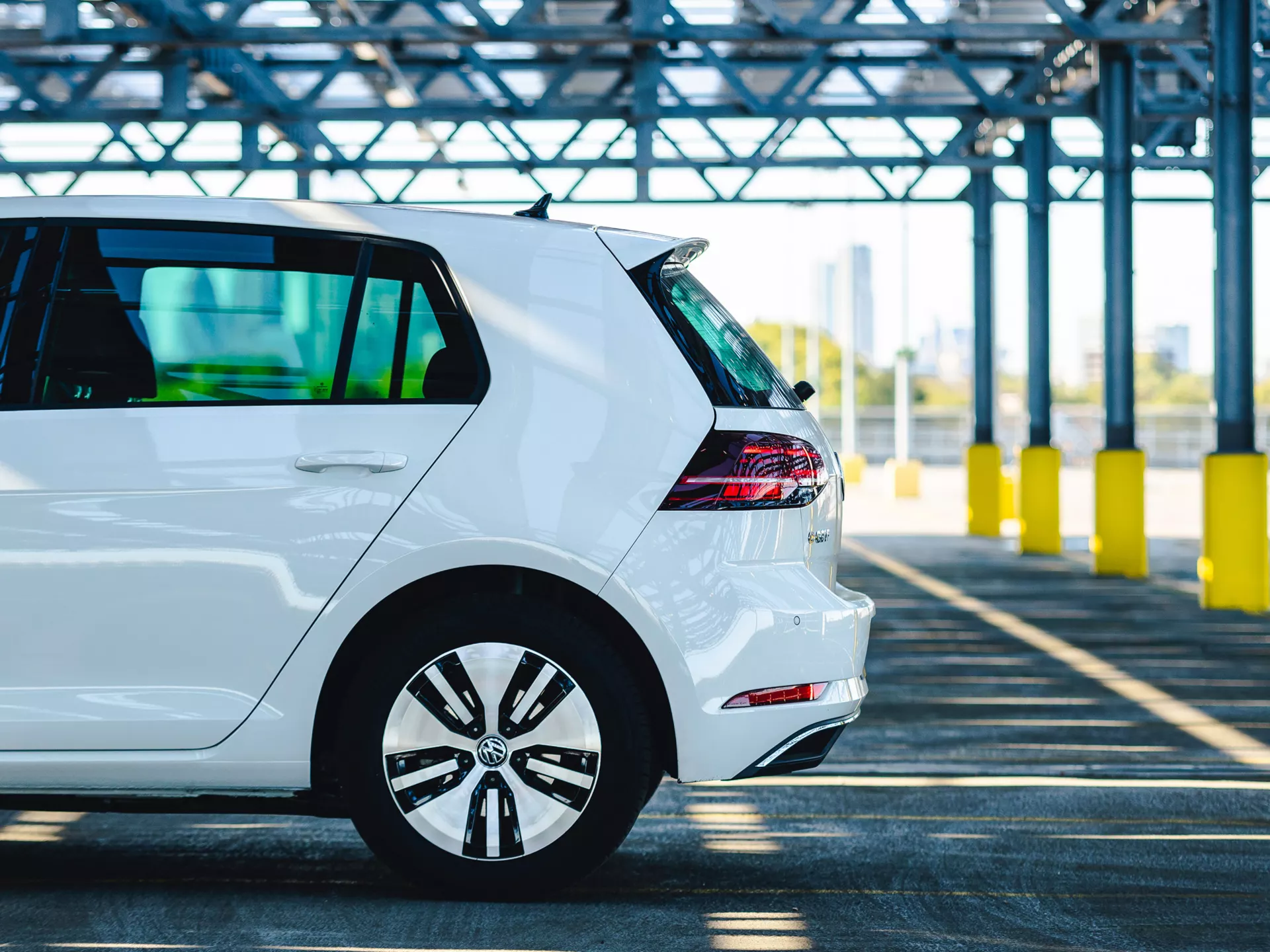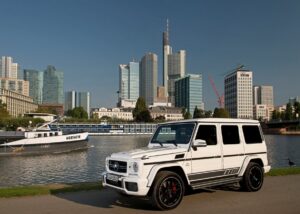Volkswagen, a name synonymous with innovation in the automotive industry, is once again making headlines. The German automaker is reportedly planning a significant shift in its electric vehicle lineup as the decade draws to a close. This strategic move involves the revival of the iconic electric Golf, potentially replacing the VW ID3, a decision that reflects the evolving landscape of electric mobility.
The Electric Transition: Golf’s Ninth Generation
The ninth of the Golf, a model that has been at the heart of Volkswagen’s brand since its inception in 1974, is set to undergo a transformative change. It’s confirmed to be fully electric, marking a significant milestone in the Golf’s storied history. This new iteration will be manufactured in Wolfsburg, utilizing Volkswagen Group’s advanced Scalable Systems Platform, a testament to the company’s commitment to sustainable and innovative automotive solutions.
Kai Grünitz, Volkswagen’s Head of Technical Development, on the ID3’s Future Kai Grünitz, spearheading technical development at Volkswagen, addressed speculations regarding the ID3’s fate once the next-generation Golf arrives. “With limited space for multiple models targeting similar customers, we’ve initiated the development of a fully electric Golf,” Grünitz remarked. He highlighted that while concrete plans for the new Golf are in place, the company remains attentive to market dynamics.
Transition Period: Overlapping of Electric Golf and ID3 Grünitz also shed light on the transition strategy, indicating that the electric Golf’s reintroduction won’t immediately signal the ID3’s discontinuation. Instead, there will be a period where both models coexist, offering customers a diverse range of electric options.
The End of an Era: Golf Mk8.5 as the Final Gasoline-Engined Model The recently introduced Golf Mk8.5 signifies the end of the line for Volkswagen’s internal combustion compact hatchbacks. Celebrating its 50th anniversary, this model marks the last of its kind, paving the way for its fully electric successors. Grünitz confirmed that this iteration represents the culmination of the gasoline-engined Golf’s legacy.
Preserving Iconic Names in the Electric Era In a move that honors its rich heritage, Volkswagen has decided to retain the “Golf” name for its electric iteration, owing to its significant legacy as Europe’s best-selling car. Furthermore, the company assures fans that the beloved “GTI” and “R” badges will continue to exist, even as it transitions away from internal combustion engines, aligning with its goal to cease production of gasoline engines in Europe by 2033.
Anticipating New Models
ID3 GTX and ID2 Before the electric Golf’s grand return, Volkswagen is set to unveil the ID3 GTX later this year, promising a flagship hatchback experience without a combustion engine. Additionally, the Polo Supermini will eventually make way for the ID2, further expanding Volkswagen’s electric portfolio.
The Smaller ID1 and GTI Derivative Volkswagen’s vision extends to the compact ID1, which is anticipated to include a GTI derivative, succeeding the up! GTI. This move illustrates the company’s broader strategy of embracing electrification across different vehicle segments.
Volkswagen’s decision to revive the electric Golf while phasing out the ID3 is a bold statement on the future of electric mobility. It reflects a deep understanding of market trends and consumer preferences, demonstrating the brand’s agility and commitment to innovation. As Volkswagen embarks on this new chapter, it continues to shape the automotive landscape, blending its rich legacy with a forward-thinking approach to electric vehicles. This strategy not only ensures the Golf’s continued relevance but also cements Volkswagen’s position as a leader in sustainable automotive development.

